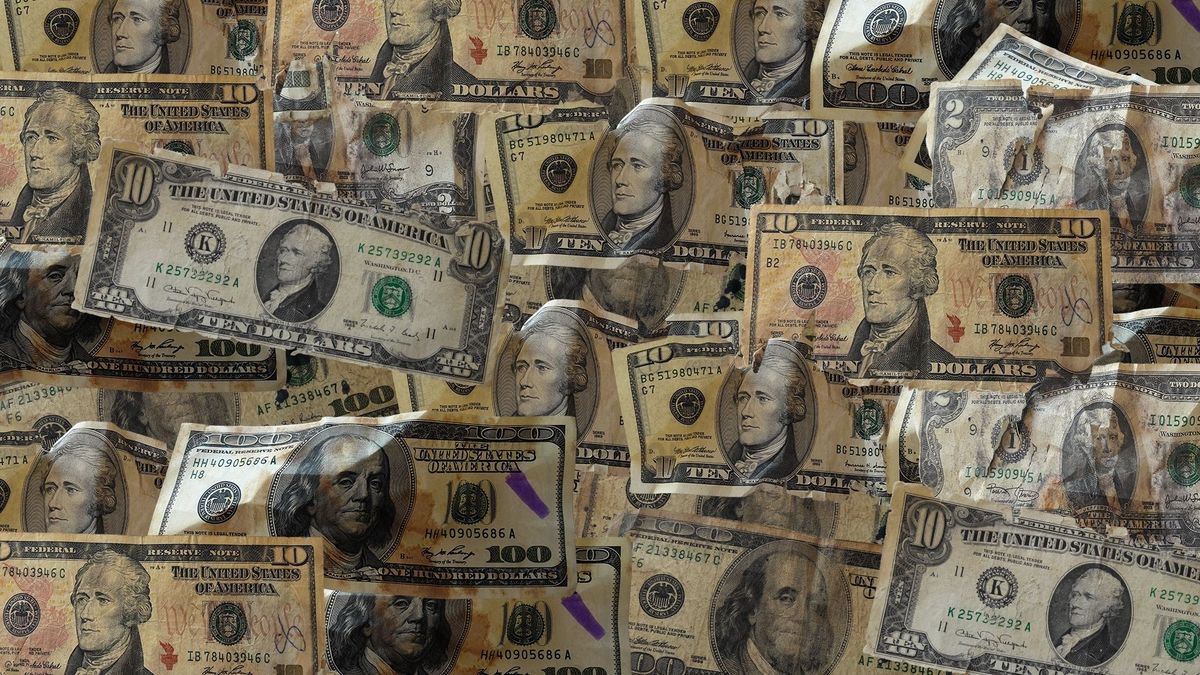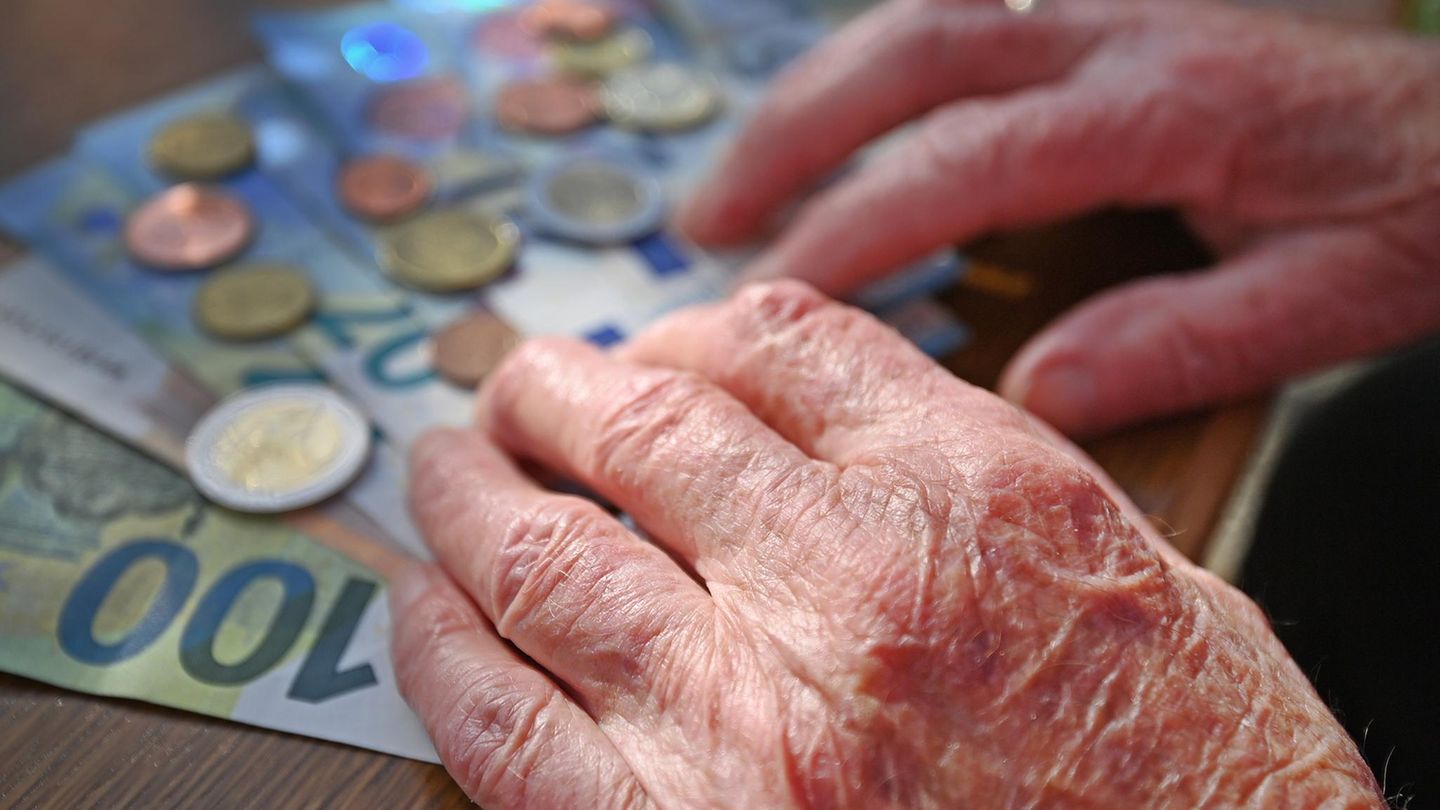Be careful when keeping your savings at home, paper money often gets stained or torn and this loses its value.
The drama of dollars in our country never ends. Faced with the imminent risk of devaluation to which we are constantly subjected, people who have the possibility usually take refuge in the Dollar purchase to avoid further losses of purchasing power or savings.
The content you want to access is exclusive for subscribers.
But in our country the market for buying and selling dollars is mostly illegal. The well-known “exchange rate trap” This means that we cannot freely and legally access the purchase of US currency to store in our accounts, having to obtain it on the street or in physical exchange offices.


614ddd5df1c9e_700_417!.jpg

Dollars damaged by not keeping them in the right place
Dollar: which banknotes are considered damaged
The fact that we keep dollars physically in our home means that we must be careful about their wear and tear, so that they do not get stained or torn and lose value. These are the problems that can affect banknotes:
- Wear and tear.
- Stains from moisture, ink or paint.
- Cuts or mutilations.
- Breakages.
- Burns.
- Dirt.
- Bites from rodents, insects or animals.
- Humidity or water.
- Burial putrefaction.
- Mold.
- Pen ink.
- Damage from contact with chemical compounds.
- Shattering or petrification.
Where in the house is it not recommended to keep dollars?
To prevent banknotes from deteriorating, it is necessary to take into account their natural enemies. The main ones are light, humidity and heat. Obviously, in the case of light, it is important that it does not hit them directly. On the other hand, humidity to prevent their deterioration is between 45 and 55%. While in the case of heat, it should not exceed 24º.
This makes basements and attics poor places to store them, and the worst method is undoubtedly burial. Another common recommendation is not to stack them and to hold them together with a rubber band, because this tends to wear out over time and stick to the banknote, leaving a mark or tear when you pull it apart.
Source: Ambito




